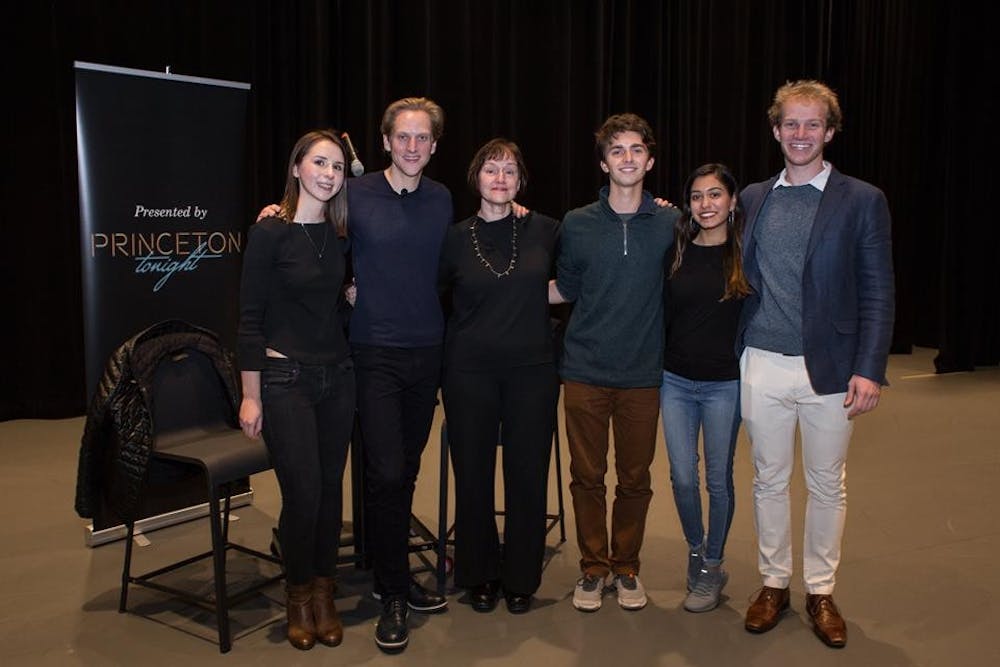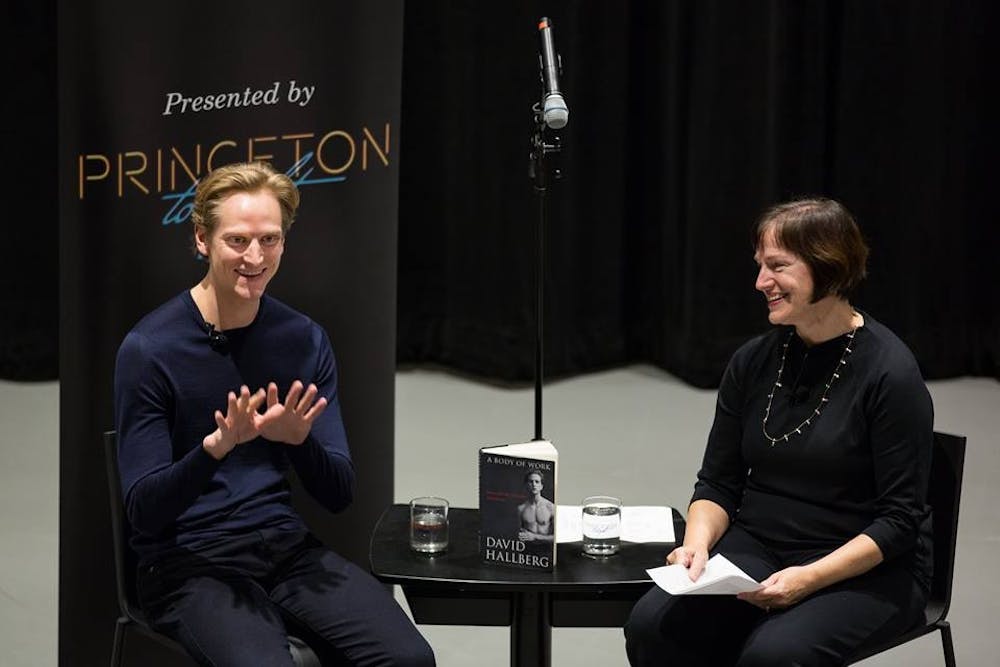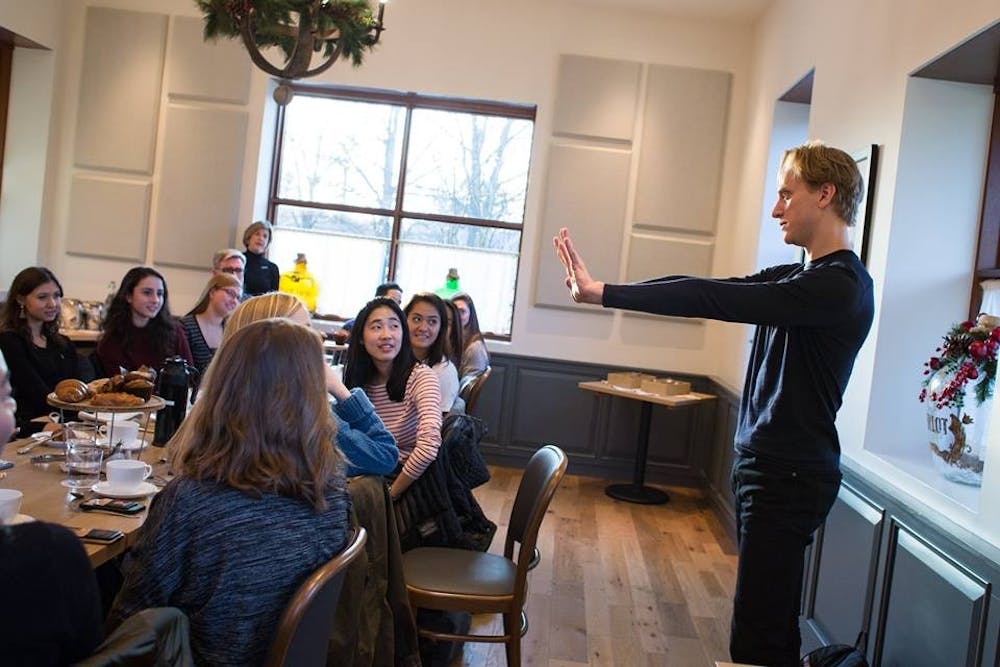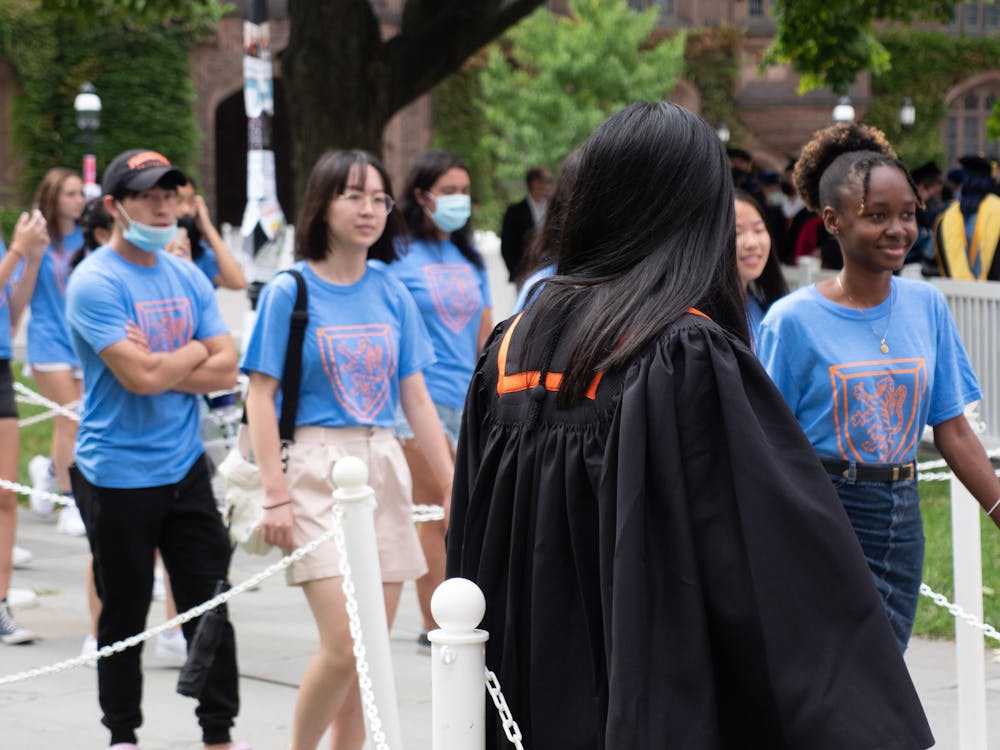“I remember what it feels like to dance. To move so freely that my body releases and creative intuition takes over, leading me beyond the worry of executing technique to a realm where nothing exists but the movement, the music, the emotions. I miss those memories of freedom, but they are embedded in my mind and my body. I can replay them whenever I wish.”
Thus begins dancer David Hallberg’s poignant memoir “A Body of Work: Dancing to the Edge and Back,” a cathartic volume where he retraces his childhood, grapples with his ambition as a Principal Dancer at both the American Ballet Theater and the Bolshoi Ballet in Moscow, and struggles to realign his goals after an injury at the peak of his career.
Hallberg’s memoir is incredibly self-aware, and it came as no surprise that he exhibited the same candid frankness while addressing an intimate gathering on Nov. 30 at Cargot Brasserie, a cozy reception that preceded his conversation with Tina Fehlandt. The event was presented by Princeton Tonight in conjunction with the Office of the Dean of Undergraduate Students and the Program in Dance.
About his injury, Hallberg stated, “Riding high, all you can do is crash and burn.” He suggested that he was pushing himself too hard leading up to the life-changing injury. One “totally botched surgery” and a team in Australia helped him to understand that the human body is an “instrument that teaches itself to heal.” He acknowledged that he had “no concept of what was too much” and “learned the hard way,” describing his physiotherapy in Australia. For the first four months, he recounted, the doctors didn’t even look at his ankle, but rather focused on “building a support system for the ankle” by strengthening and conditioning the rest of his body. “At the beginning, it can be really slow, but then you hit a point where you can go into the studio and just do things.” Hallberg’s face broke into a smile, he gestured to emphasize his words — it was clear that he was still amazed at the magic that the human body is capable of.

Hallberg was incredibly optimistic about this injury, which unfortunately forced him off stage at the peak of his dance career. He introspected out loud, addressing himself more than the audience: “It’s the best thing that ever happened to me. It was only when I relinquished control that I started to get back up and really improve.” He noted, “Now I love saying no!” and elucidating how the injury has not made him less ambitious, but rather, has allowed him to channel his ambition in a healthier way: made it “more human” and “less ego-filled” than before. Now, his definition of happiness includes “being satisfied with what is in [his] life and not craving the next thing.”
The professional ballet world, however, is nothing if not competitive. It was incredible to see how Hallberg’s time away from the stage allowed him to view this world from both the inside and the outside, therefore generating utterly unique insight. A conversation peppered with candid humor (“I love some Taylor Swift”) and introspection about how dance was more than just technique (“In the age of Instagram, it isn’t good enough to just get your toes to touch your ears anymore”), took a more political turn as he recounted his experiences in Russia. To him, it is a country where dance is ingrained in the country’s culture, where dancers like Hallberg are treated like celebrities, and there is a collective commitment to valuing the arts. This, he said, is in stark contrast to the culture back in America, where dance is treated as just a hobby, and the performing arts are almost entirely alienated from daily life.

Hallberg emphasized the growing importance of the arts in today’s political climate. Artists, he stated, “have a responsibility to keep feeding art and making statements,” especially in challenging times. He described art as a form of escapism, suggesting that “politics aside, people would continue to go to the theater to see something, whether it’s beautiful or challenging, just as a way of turning off.”

I, for one, plan to escape to the Metropolitan Opera House to watch Hallberg’s re-entry to the stage in “Giselle” this coming spring, a day which, coincidentally or not, also happens to be his birthday. Seems like the perfect way for this extraordinary, introspective dancer to enter the next stage of his life, for which we wish him all the very best!








